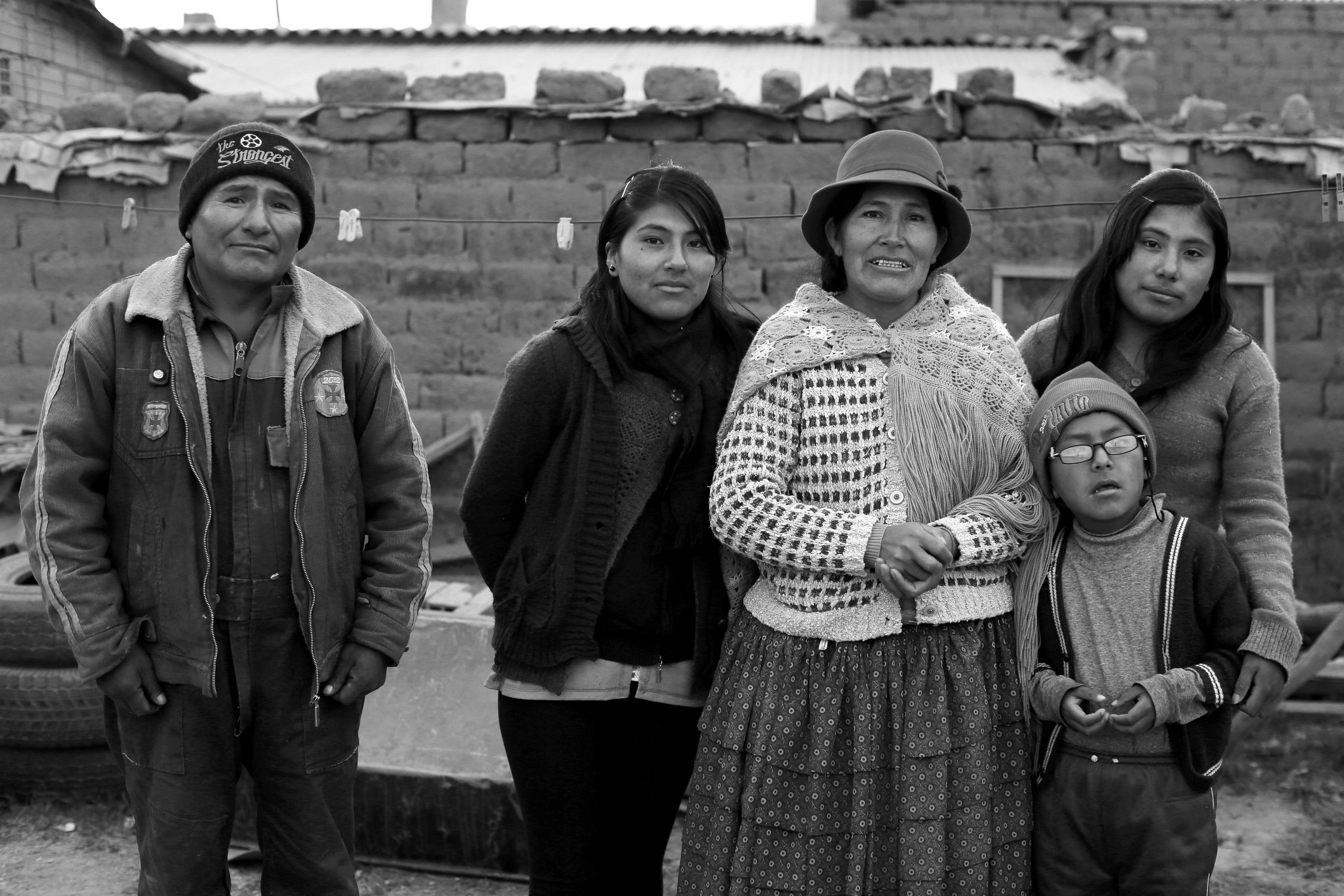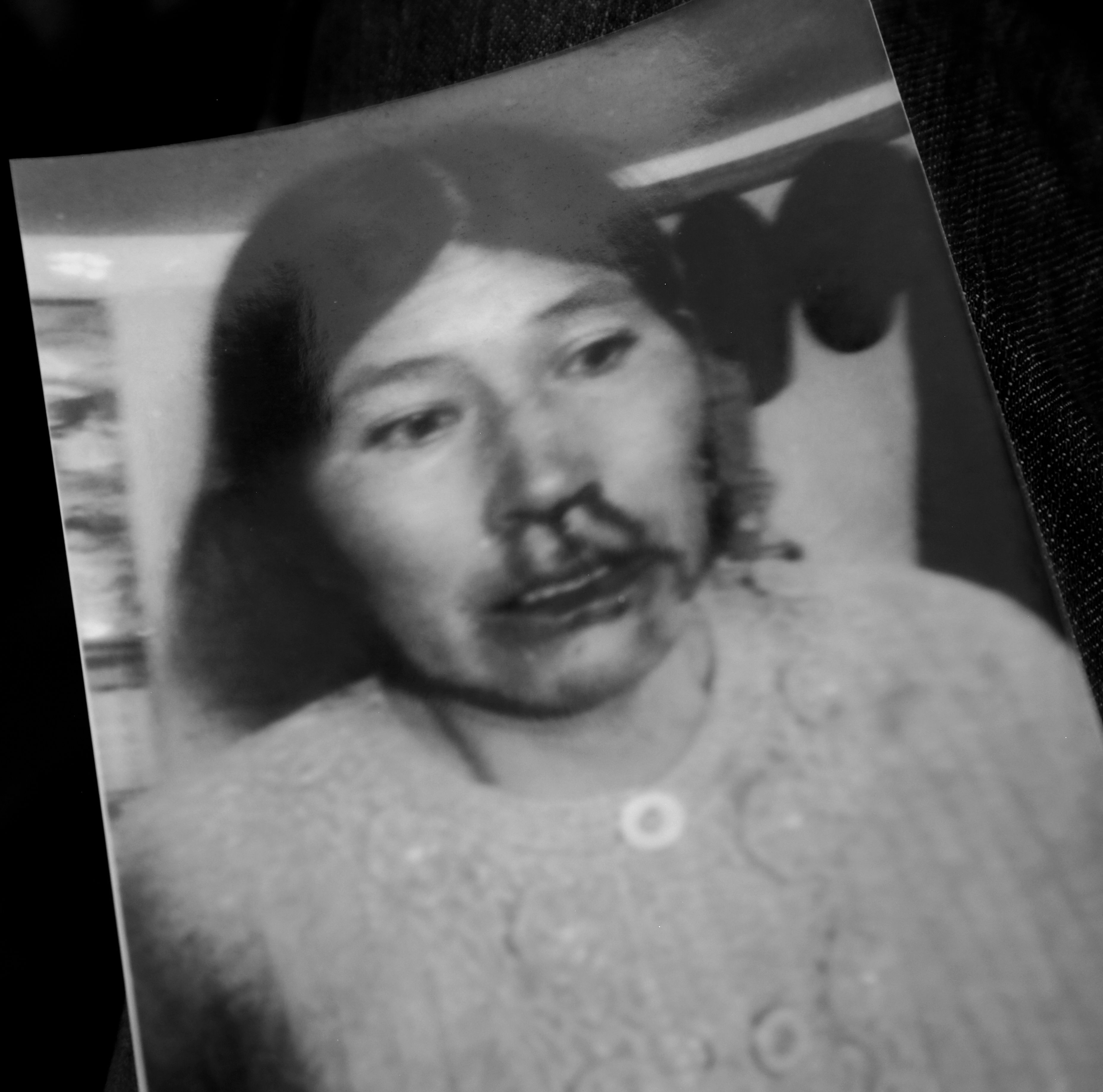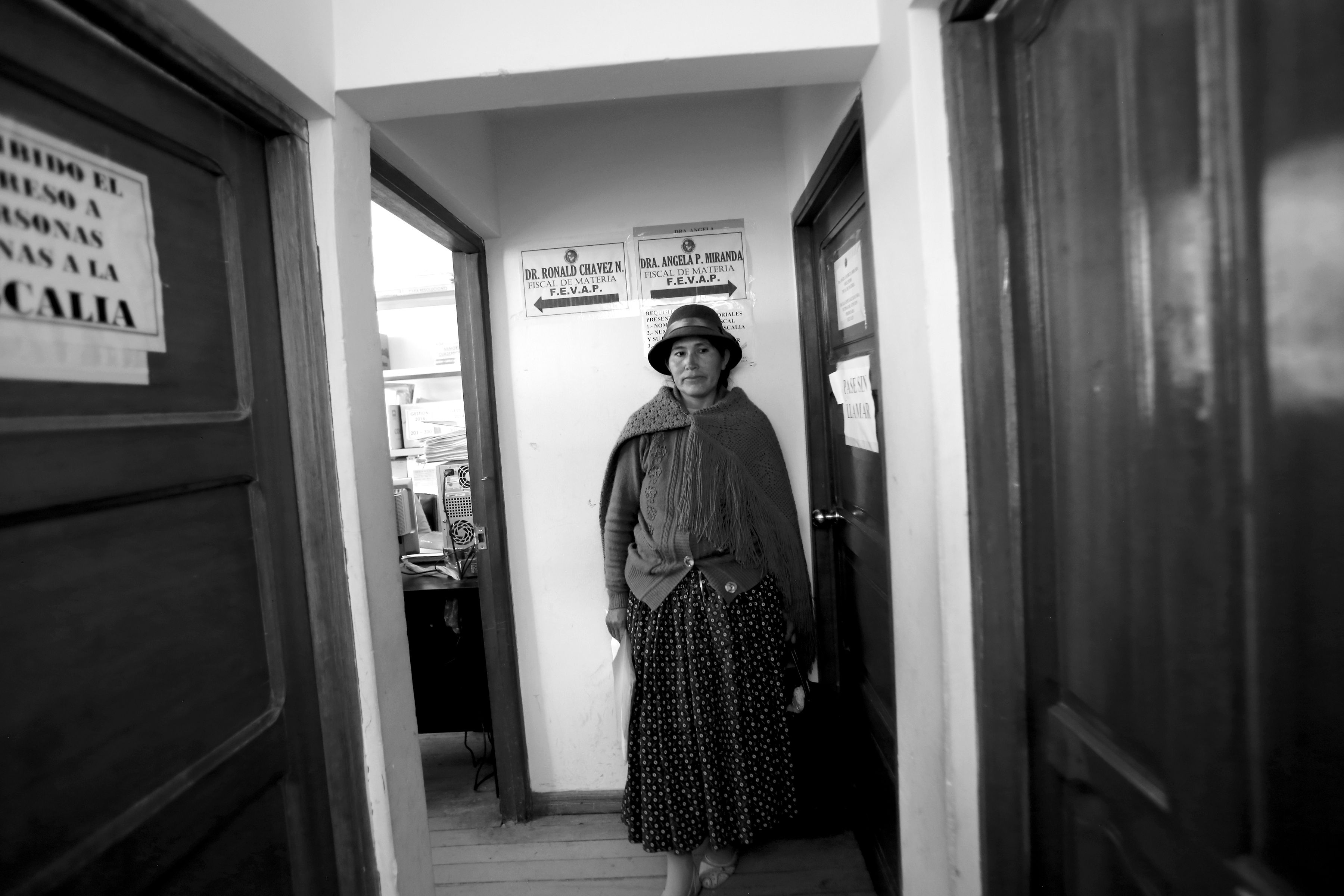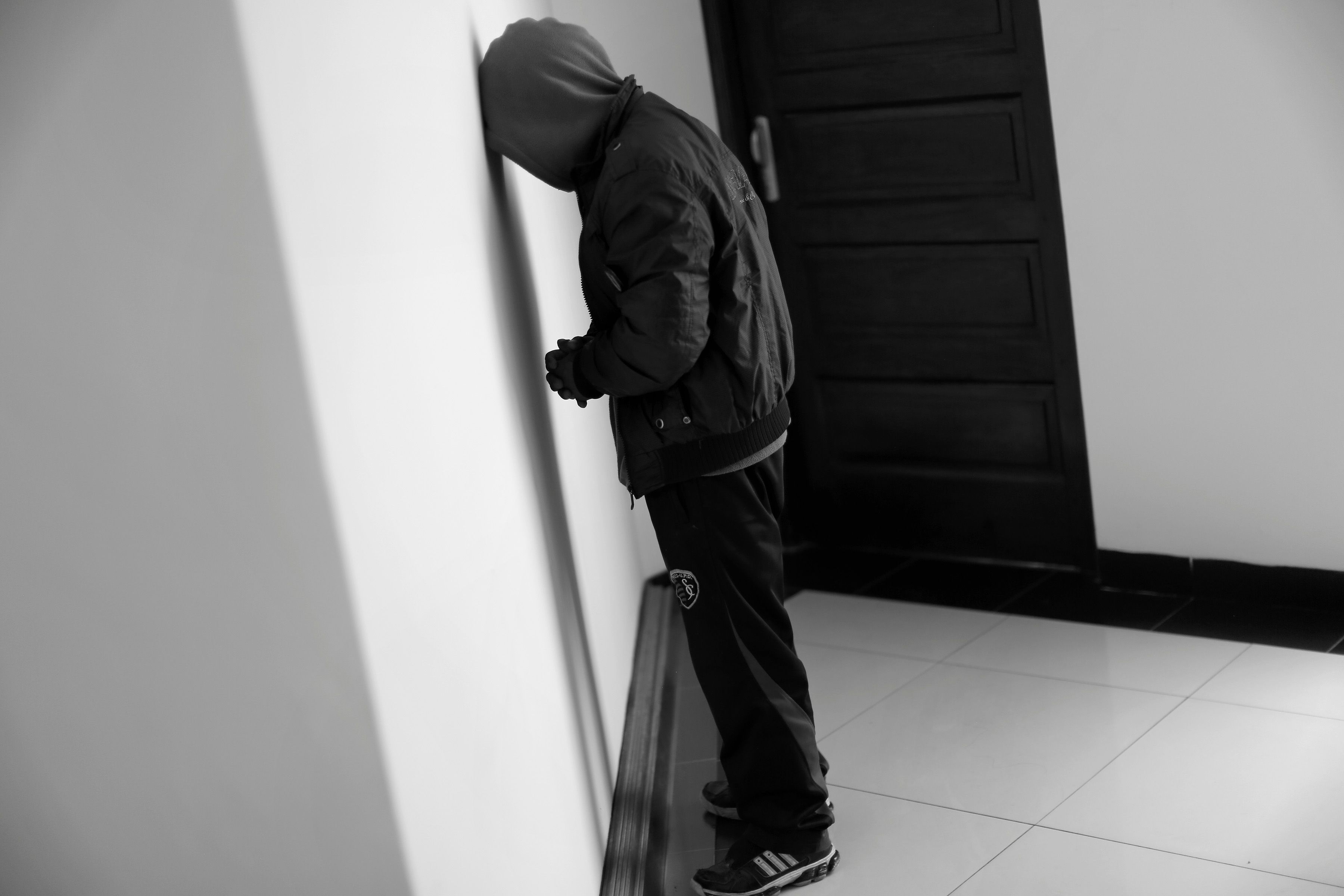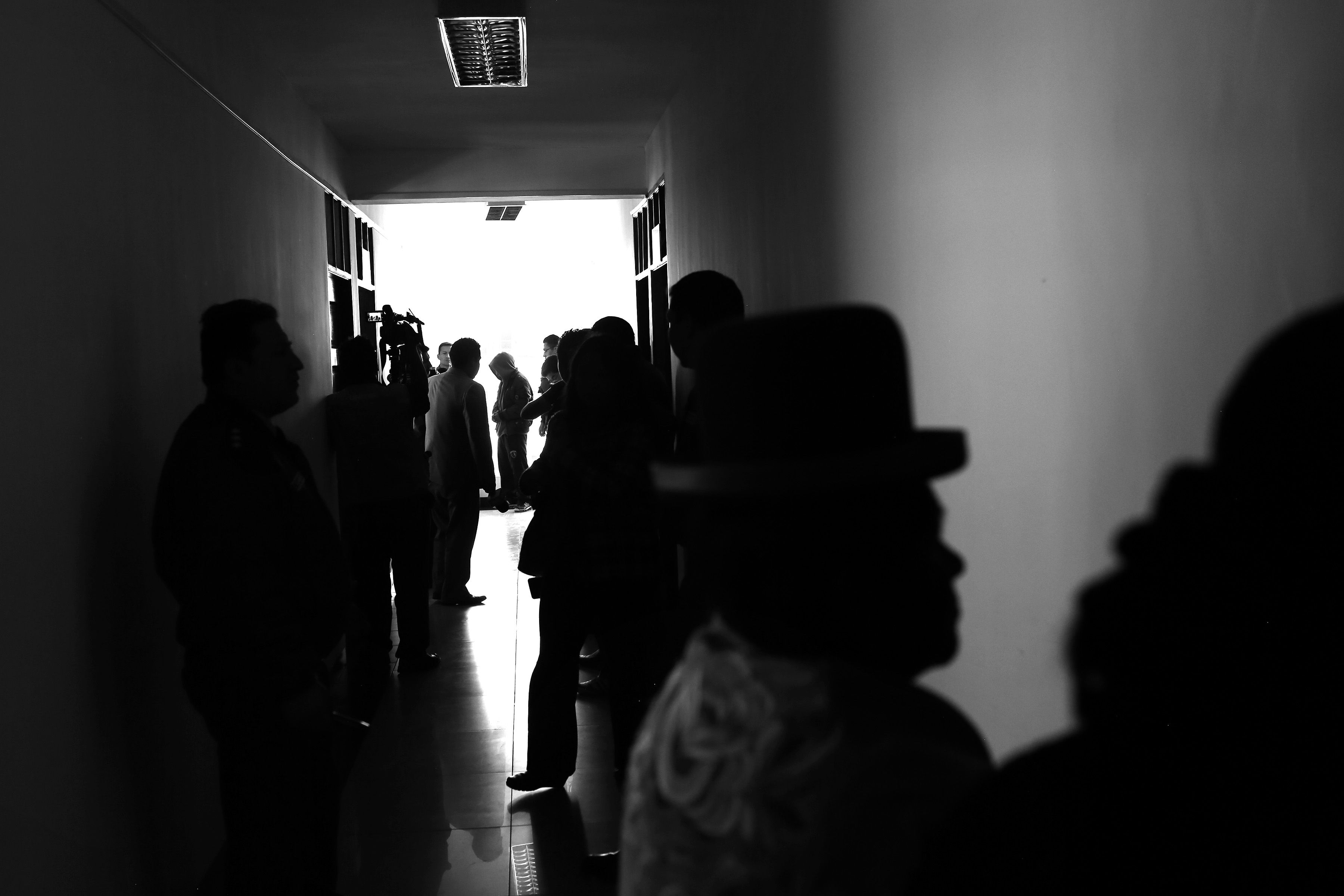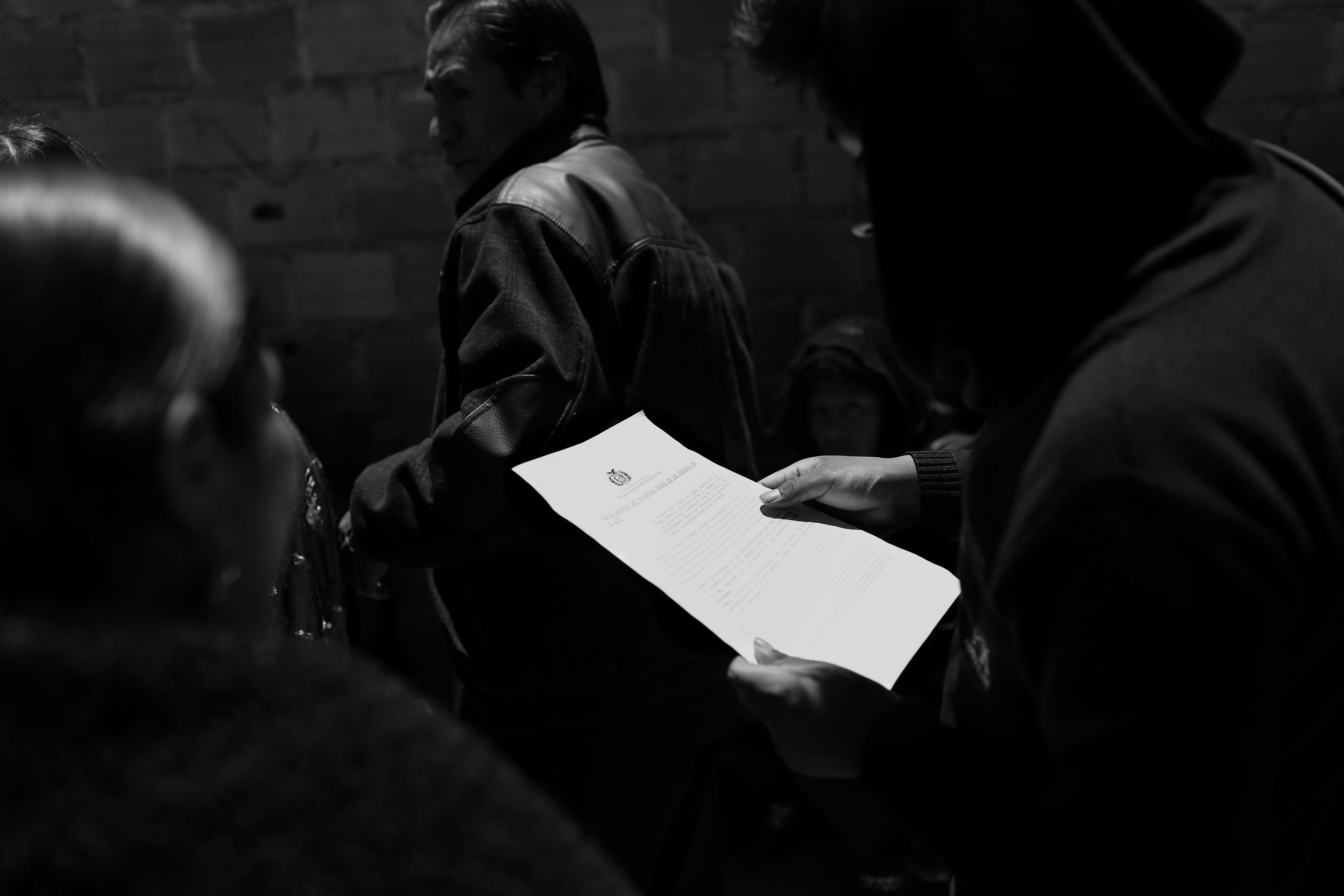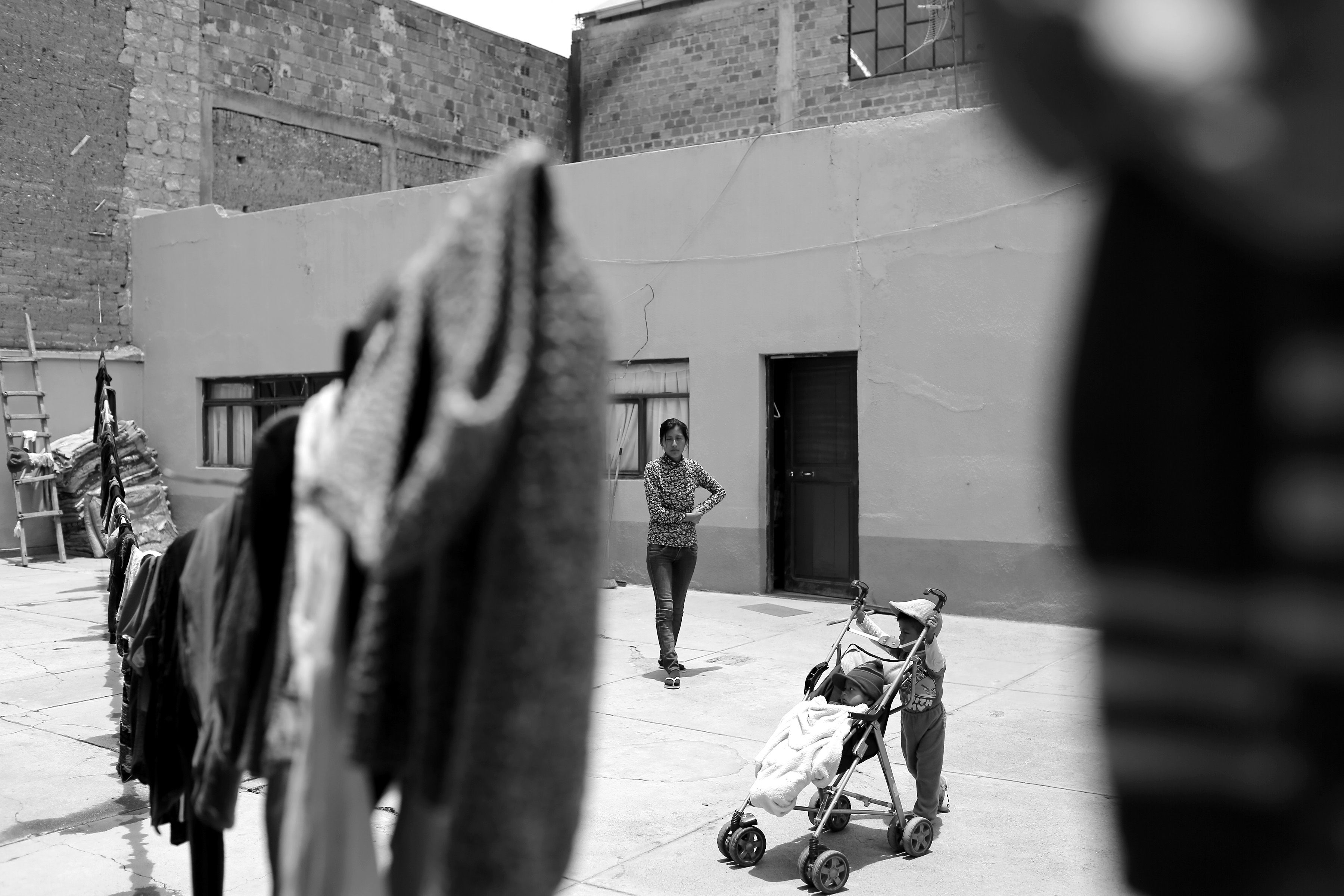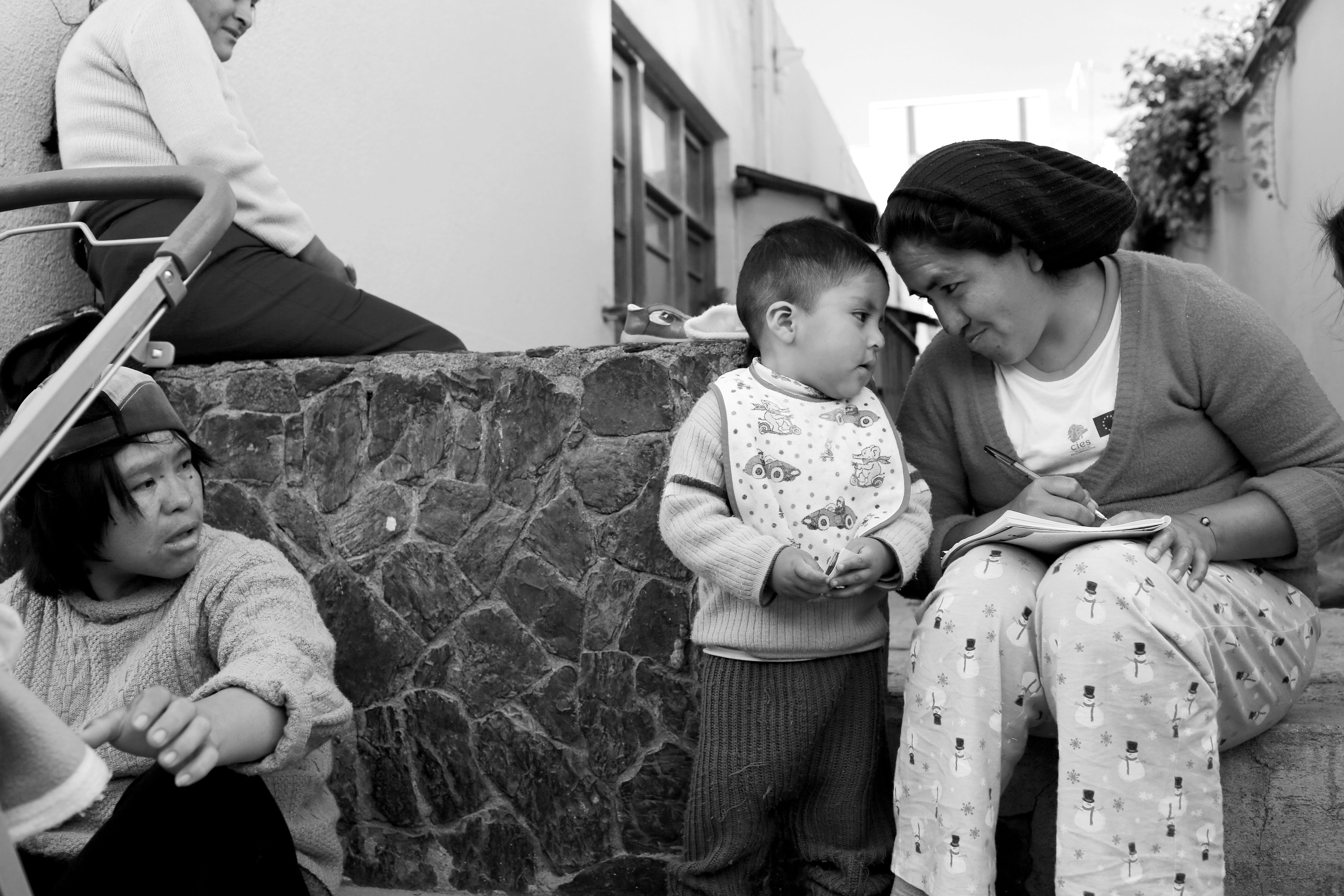According to recent studies, Bolivia has the highest domestic violence rate in the region, with some 7 in 10 women saying they have been the victim of some form of violence (physical or psychological) during their lives. For years, the issue was not discussed publicly or addressed by politicians. But in recent years, after a string of high-profile cases and femicides, Bolivian society has begun to take notice. New laws were enacted to protect women and public awareness campaigns were launched. During a 6-month investigation into the issue, Noah Friedman-Rudovsky found that many women have become newly aware of their rights and are less likely to accept abuse at home. But the culture of machismo, the difficulty women find in denouncing their cases to the justice system, and the economic dependence of many women are still major obstacles to easing the situation of violence against women.
